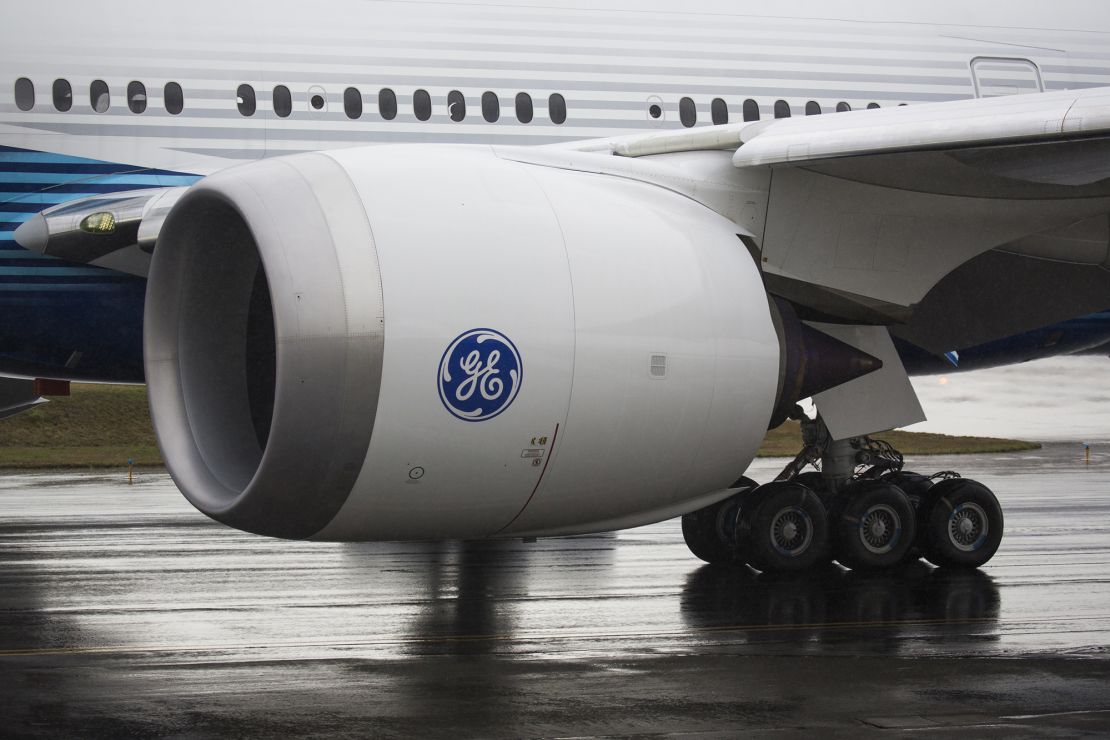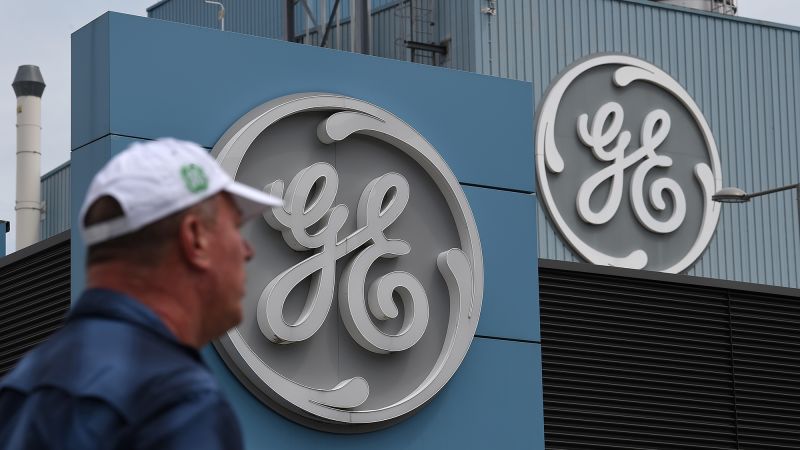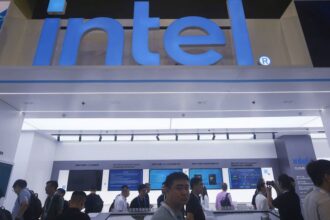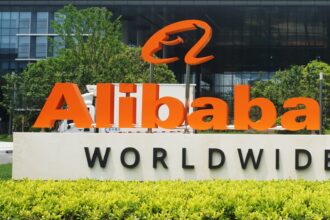GE once did almost everything for the typical American family – from providing much of the television they watched, to the light bulbs and appliances they depended upon, the electricity needed to power those household staples, even the subprime mortgage that allowed many of them to buy their homes.
No longer.
With Tuesday’s split into two companies, the break up of the once mighty industrial icon is complete. The company was founded by Thomas Edison in 1892 and built into the world’s largest and most valuable company by the once legendary, but now oft-criticized CEO Jack Welch. But, during this century, the company became a struggling, bloated conglomerate, weighed down by poorly timed deals that left it with unaffordable levels of debt.
But instead of dealing with that debt and fixing its myriad problems, it spent tens of billions on share repurchases and dividends in a desperate attempt to support its sagging stock price.
But that strategy did not work, and by 2018, it was booted from the Dow Jones Industrial Average, the index of 30 companies designed to represent America’s most significant stocks. It had been an original member of the index, and a part of it continuously since 1907. It was replaced by drug retailer Walgreens Boots Alliance.
Larry Culp was tapped as CEO in 2018, and he accelerated the company on a path of cutting debt by spinning off and selling many of its divisions.
GE had already gotten rid of the 49% of NBC it still owned by selling it to co-owner Comcast in 2013, and sold off its appliance business to China-based Haier in 2016. But the pace of divestitures picked up under Culp. In 2020, it sold its iconic light bulb unit, which had been one of the foundations of the company’s 19th century birth.
Other units such as its aircraft leasing business were sold to competitors, a move that closed the books on its once-powerful finance unit, GE Capital. GE Capital had played a large role in the company’s broader decline with lending to a variety of customers and segments including subprime mortgages, and causing the company’s to lose its AAA credit rating in the midst of the Great Recession in 2009.
Finally in November 2021 GE announced plans to split into three separate companies – GE Healthcare, which was spun-off last year, GE Aerospace, which builds jet engines, and GE Vernova, which is comprised of its energy generation business. GE Healthcare started trading in January of 2023. Tuesday the stock for those two remaining companies started trading on US markets.

Culp’s moves helped to turn around shares of GE, which had fallen by 45% in 2017 and another 57% in 2018. Its shares nearly doubled, rising 95%, in 2023, and were up another 37% this year
GE Aerospace will retain the longtime GE stock symbol, and Culp as its CEO. How long he stays in that job is not clear. Some have suggested he could be the successor for Dave Calhoun, the retiring CEO of another troubled iconic US company, Boeing. In an interview on CNBC Tuesday, Culp dodged a question about whether he would be interested in that job, voicing confidence in Boeing, which is a major customer of GE’s engines.
Read the full article here










